Home>Ideas and Tips>How To Design A Drought-Tolerant Landscape
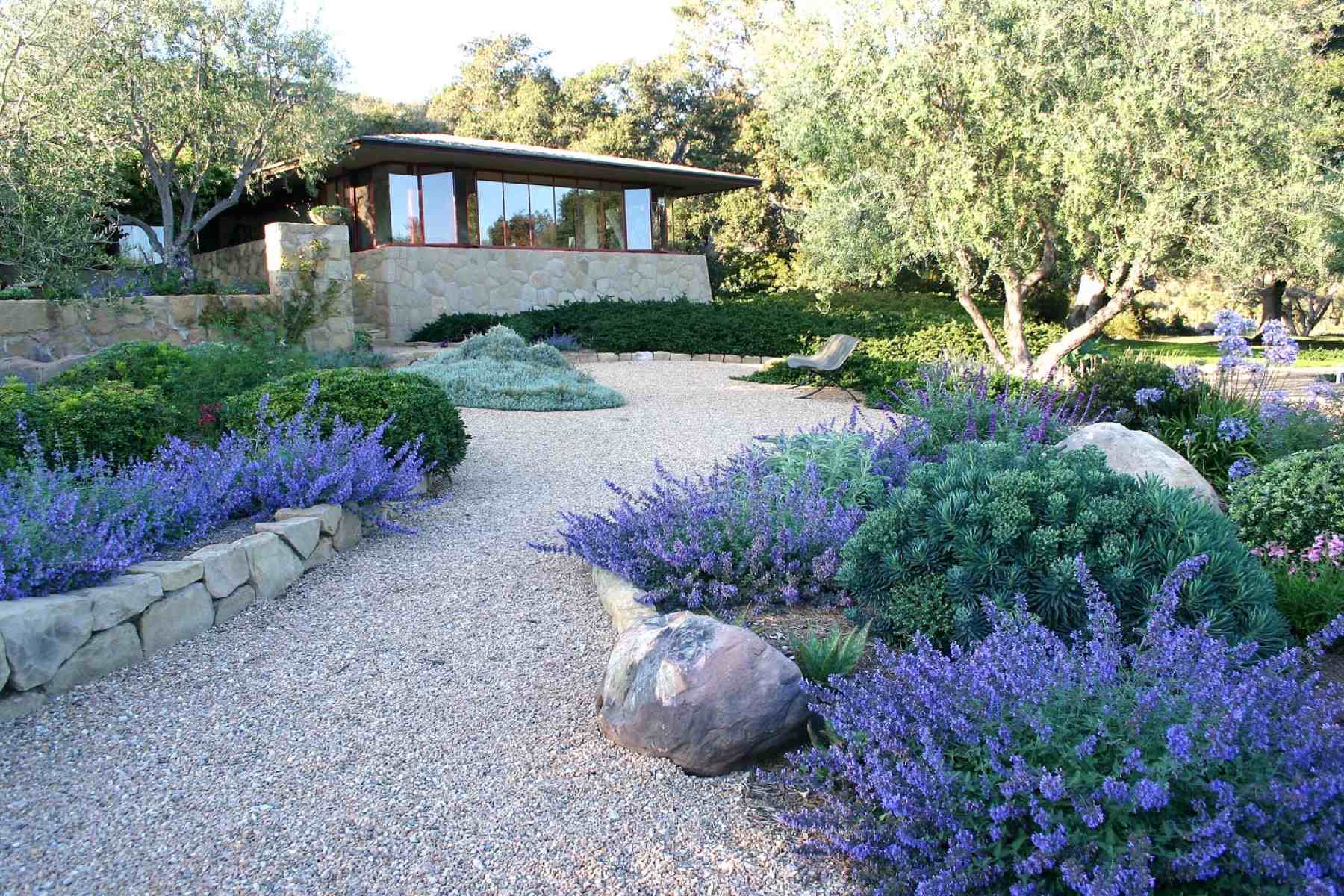

Ideas and Tips
How To Design A Drought-Tolerant Landscape
Published: August 31, 2024
Learn how to design a drought-tolerant landscape that conserves water, saves money, and enhances your home's beauty with low-maintenance, eco-friendly plants.
(Many of the links in this article redirect to a specific reviewed product. Your purchase of these products through affiliate links helps to generate commission for Storables.com, at no extra cost. Learn more)
In today's world, where water scarcity is increasingly becoming a pressing issue due to climate change, designing a drought-tolerant landscape is not just a necessity but also a sustainable choice. Drought-tolerant landscaping involves creating gardens that require minimal water, thereby reducing the burden on local and regional ecological resources and saving homeowners money in the long run. This article will guide you through the process of designing a drought-tolerant landscape, from evaluating site conditions to implementing efficient irrigation systems.
Understanding Drought-Tolerant Landscaping
Drought-tolerant landscaping is often associated with desert-like landscapes featuring cacti and succulents. However, it is not limited to such designs. The core principle of drought-tolerant landscaping is to reduce water consumption by selecting plants that can thrive with minimal irrigation and implementing efficient irrigation systems.
Benefits of Drought-Tolerant Landscaping
-
Water Conservation: One of the primary benefits of drought-tolerant landscaping is water conservation. By using less water for landscape irrigation, you can drastically reduce your water bill, especially during months of peak usage and times of water restrictions imposed by local jurisdictions.
-
Cost Savings: Reducing water consumption for your home’s landscape helps save you money in the long run. Additionally, local and state incentives (like those in California) may help lessen the cost burden of moving towards a less thirsty landscape.
-
Increased Biodiversity: Using native and adapted plants best suited to your local region adds more biodiversity, life, and beauty to your home landscape. These plants often attract local pollinators and birds, enhancing the ecological value of your garden.
-
Low Maintenance: Drought-tolerant landscapes are generally low maintenance. They require less time and effort for irrigation, resuscitating struggling plants, and replacing failed ones. This makes them an ideal choice for busy homeowners.
-
Environmental Benefits: By maximizing permeable surfaces and minimizing lawn areas, you can reduce pollutants from entering local waterways. Additionally, expanding tree canopy and increasing planted surface area help cool surface temperatures, reducing heat islands and home energy consumption.
Evaluating Site Conditions
Before designing your drought-tolerant landscape, it is crucial to evaluate your site conditions. This involves observing environmental factors such as light, soil, temperature, and humidity to determine what plants would be suitable for your landscape.
Climate Considerations
-
USDA Zone: Determine your USDA plant hardiness zone and average annual rainfall to choose plants that will work best in your area. Different climates require different types of plants; for example, hot dry climates need plants that can withstand high temperatures and low humidity, while cold wet climates require plants that can handle frost and excess moisture.
-
Seasonal Variations: Observe how light falls in different seasons. There will be different conditions occurring in different parts of the yard, with dry, wetter, and transitional zones. This helps in selecting plants that are adapted to these seasonal variations.
Soil Evaluation
-
Soil Type: Assess the type of soil you have. Sand, clay, rock, or loam soils have different drainage properties. Good drainage is essential for drought-tolerant landscaping. If your soil retains moisture poorly, you may need to amend it with organic materials like compost or leaf mulch.
-
Amending Soil: If necessary, amend your soil to improve its water-holding capacity. For example, adding perlite, vermiculite, or lava rock can help with aeration at the root zone if you're planting cacti or succulents.
Choosing Drought-Tolerant Plants
Selecting the right plants is a critical step in designing a drought-tolerant landscape. Here are some tips for choosing drought-tolerant and drought-resistant plants:
Drought-Tolerant vs. Drought-Resistant Plants
While often used interchangeably, there is a difference between drought-tolerant and drought-resistant plants:
- Drought-Tolerant Plants: These plants have adapted through evolution to thrive with minimal water. Examples include cacti and other desert plants.
- Drought-Resistant Plants: These plants can survive extended periods of dry weather but perform best with moderate or regular water. Examples include prairie plants like coneflower, blazing star, and black-eyed Susan.
Native Plants
Native plants are highly recommended for drought-tolerant landscaping. They have an added bonus of attracting local pollinators and birds to your garden. However, not all natives are low-water; plants from damp habitats like streambanks may have higher water demands than those from dry habitats.
Additional Drought-Tolerant Plant Options
- Sedums: These succulents come in a variety of shapes and sizes and are highly adaptable to different soil conditions.
- Ornamental Grasses: These grasses provide a burst of green color while requiring significantly less water than lawns.
- Lamb’s Ear: This plant has gray or silver foliage, making it more drought-tolerant.
- Russian Sage: Another plant with gray foliage that thrives in dry conditions.
- Lavender: Known for its fragrant flowers and low water requirements.
- Santolina: A shrub with silvery-gray foliage that is highly drought-tolerant.
Grouping Plants with Similar Water Needs
To conserve water and ensure healthier plants, group plants together based on their water needs. This approach helps prevent overwatering or underwatering, which can be detrimental to plant health.
Implementing Efficient Irrigation Systems
An efficient irrigation system is crucial for a drought-tolerant landscape. Here are some tips for implementing such a system:
Low-Flow and High-Efficiency Irrigation
- Drip Irrigation: This method delivers water directly to the roots of the plants, reducing evaporation and runoff. It is often the preferred choice for its water efficiency.
- Smart Irrigation Controllers: These controllers can be programmed to deliver water only when necessary, based on soil moisture levels and weather forecasts. They help ensure that plants receive the right amount of water without wasting a single drop.
Designing Your Drought-Tolerant Landscape
Once you have evaluated your site conditions and selected your plants, it's time to design your landscape. Here are some steps to follow:
Read more: What Grass Is Most Drought-Tolerant
Create a Vision Plan
- Define Your Aesthetic: Determine what style of garden you want. This plan will serve as a reference throughout the implementation timeline, whether it's a few months or a few years, depending on your budget and schedule.
- Consider Existing Hardscapes: Think about the layout of existing and future hardscape elements like pathways, patios, decks, driveways, doors & window views, and access points. Also, consider existing trees and large shrubs that are already thriving with little to no water.
Research Plant Options
- Local Nurseries: Visit local nurseries to get advice on which plants will grow well in your region. Consider factors such as sun/shade patterns, water requirements, climate, site drainage, and soil conditions.
- USDA Plant Hardiness Zone: Determine what USDA plant hardiness zone your home is in to choose plants that are adapted to your local climate.
Draw Up a Plan
- Sketch Your Design: Create a rough sketch of how you want your landscape to look. For more complex designs or difficult sites like slopes, consider hiring a professional landscape designer.
- Group Plants: Assess the water needs of each variety and group plants together that have similar needs. This will help conserve water and ensure healthier plants.
Replacing or Reducing Lawn Areas
Lawns are not considered drought-tolerant and often require vast quantities of water to survive. Consider replacing a portion of your lawn with colorful stone and ornamental plants. Ornamental grasses will provide a burst of green color while requiring significantly less water than lawns.
Read more: What Is The Most Drought-Tolerant Grass Seed
Additional Tips for a Sustainable Landscape
- Rainwater Harvesting: Collect rainwater in barrels or cisterns to use for irrigation during dry periods. This can significantly reduce your reliance on municipal water supplies.
- Mulching: Mulch around plants to retain moisture in the soil and suppress weeds that compete for water.
- Efficient Hardscapes: Use light-colored hardscape materials like stone or gravel to reflect sunlight and reduce heat absorption, thereby cooling surface temperatures.
Conclusion
Designing a drought-tolerant landscape is not only a practical solution for water conservation but also an eco-friendly choice that supports the environment. By evaluating site conditions, choosing the right plants, implementing efficient irrigation systems, and designing your landscape thoughtfully, you can create a beautiful and sustainable garden that thrives even in dry conditions. Whether you're a seasoned gardener or a DIY enthusiast, these steps will guide you towards creating a water-saving haven that enhances both your home's aesthetic appeal and its ecological value.
By following these guidelines and tips, you can transform your yard into a lush and interesting drought-tolerant landscape that not only saves water but also adds beauty and biodiversity to your home environment. Remember to always consider local regulations and incentives when making changes to your landscape, as they can significantly impact the cost and feasibility of your project. With patience and careful planning, you can create a sustainable oasis that thrives even in the driest of conditions.
Was this page helpful?
At Storables.com, we guarantee accurate and reliable information. Our content, validated by Expert Board Contributors, is crafted following stringent Editorial Policies. We're committed to providing you with well-researched, expert-backed insights for all your informational needs.
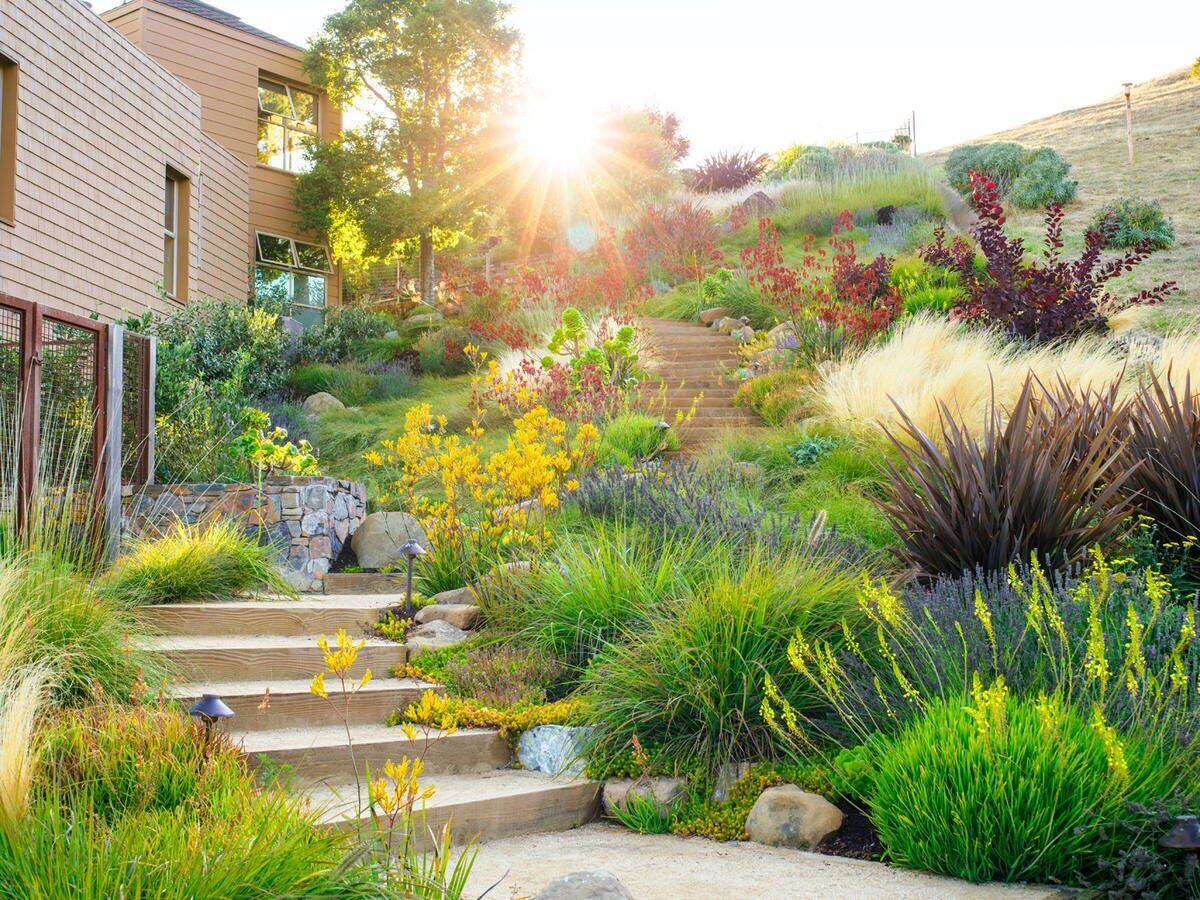
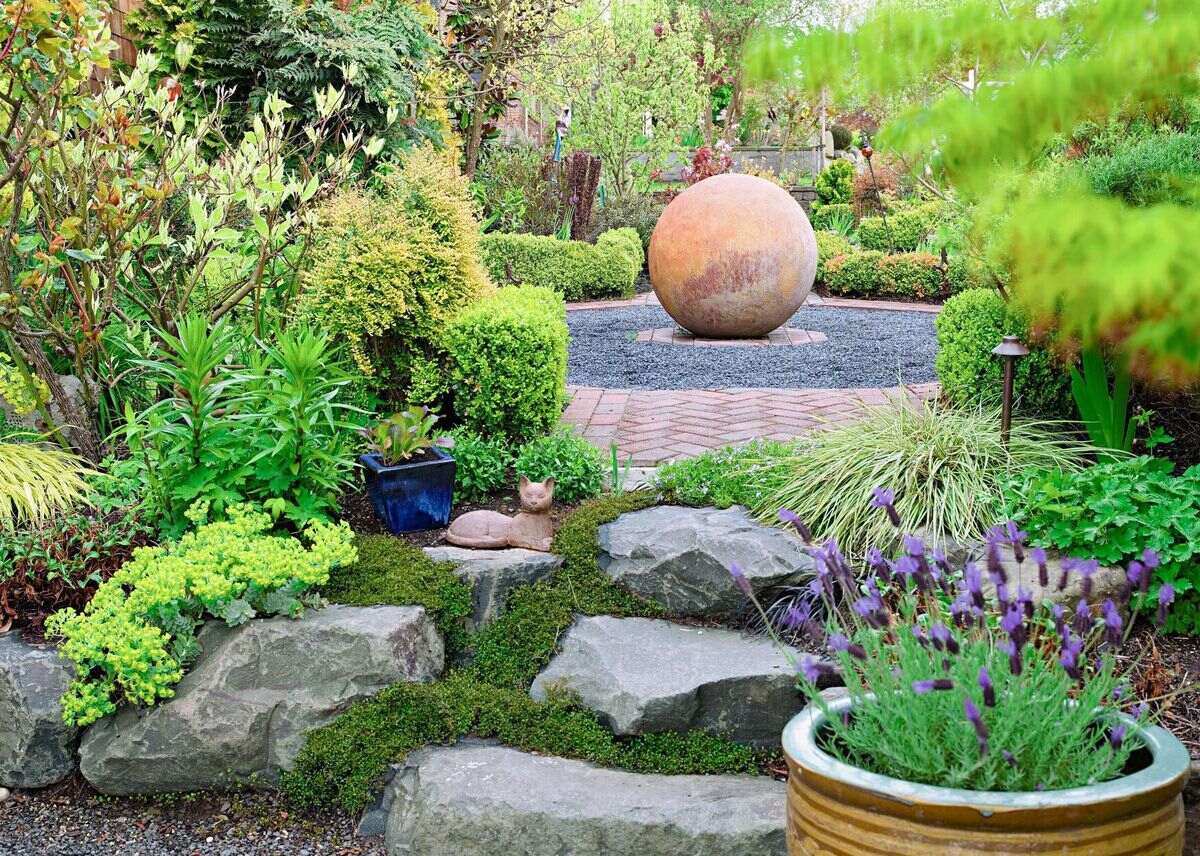
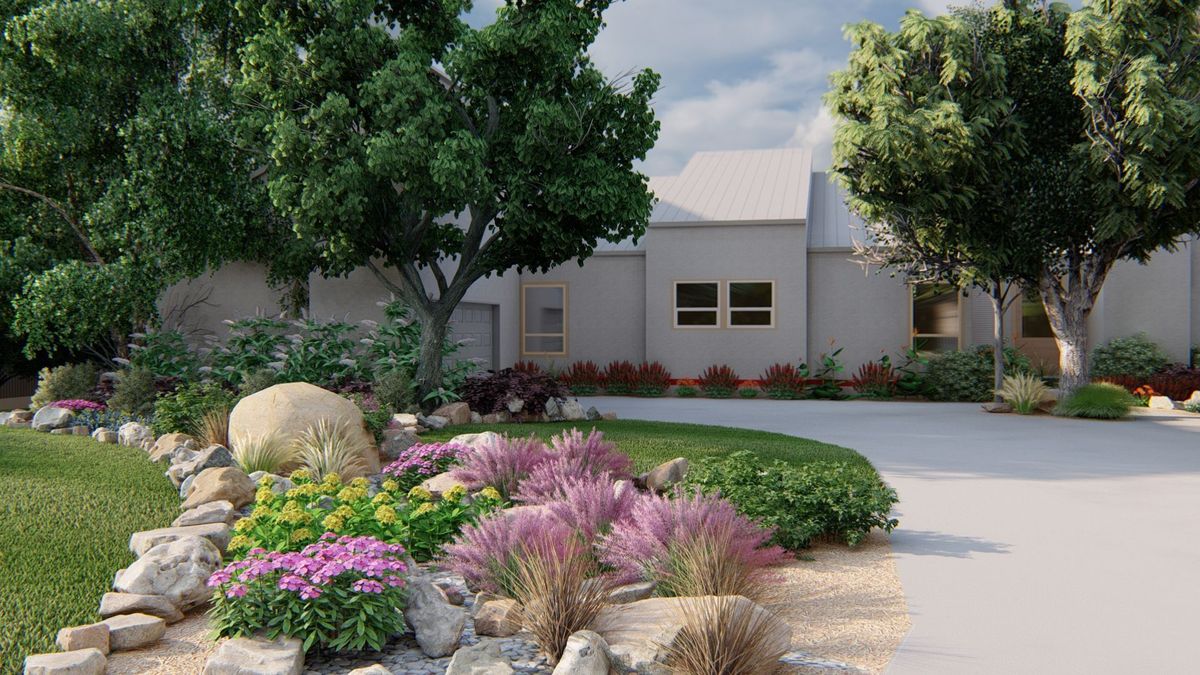
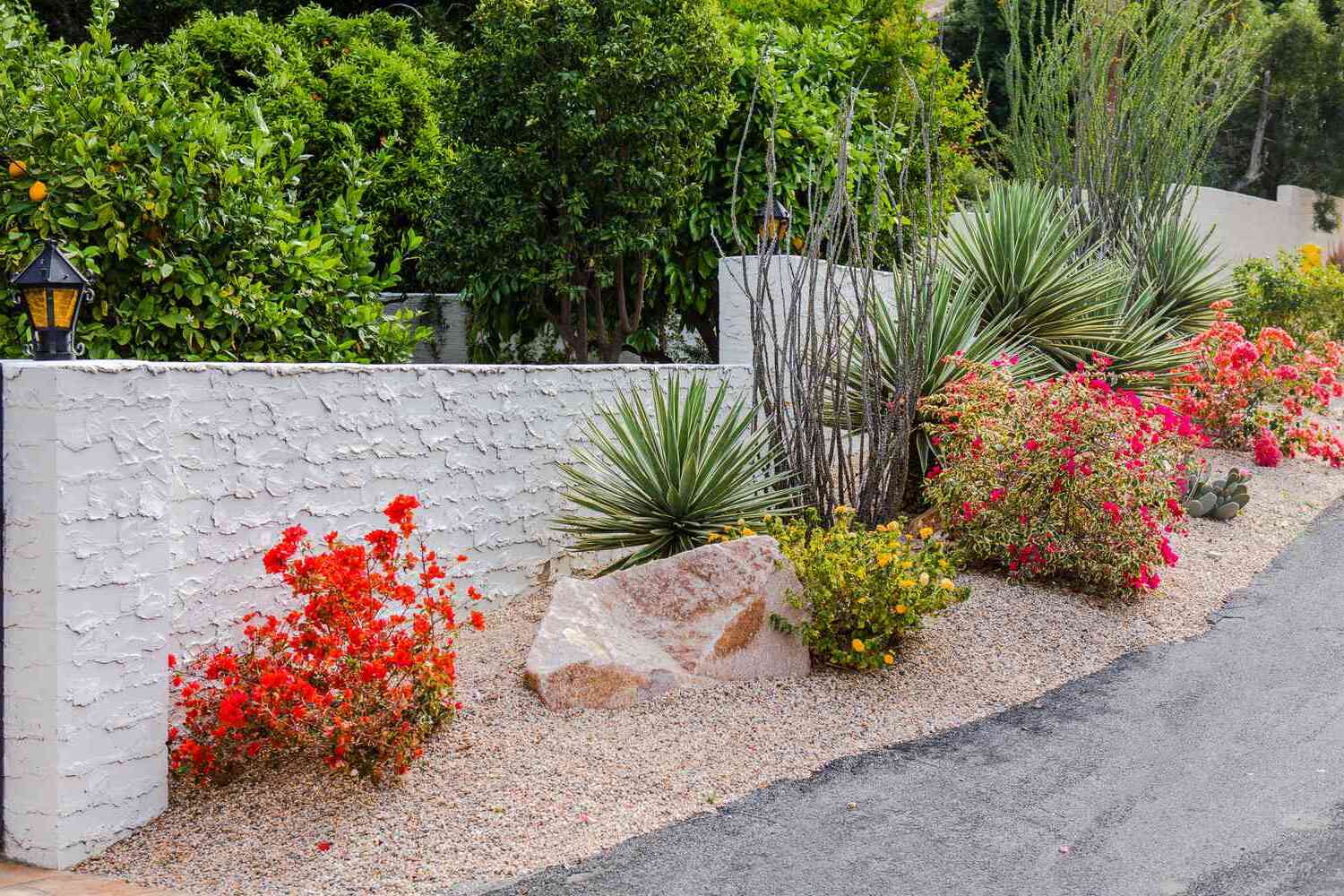
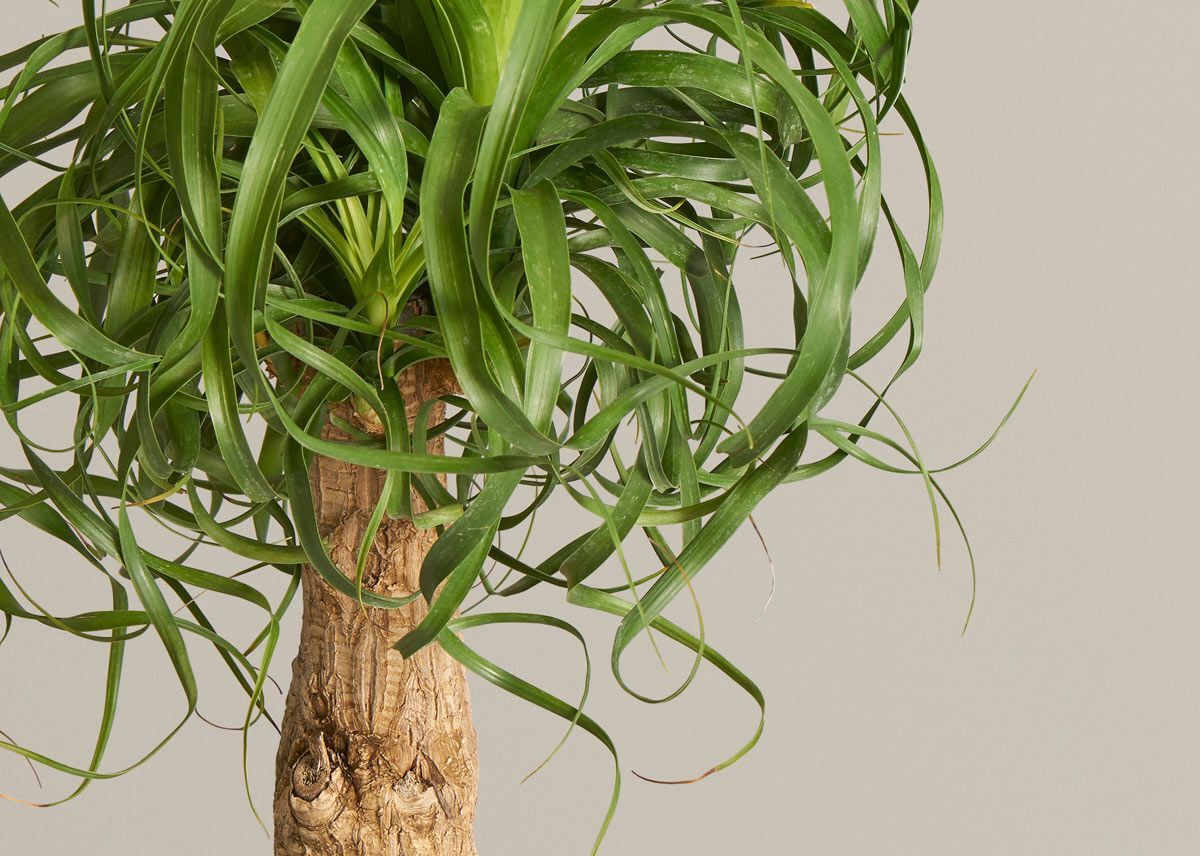
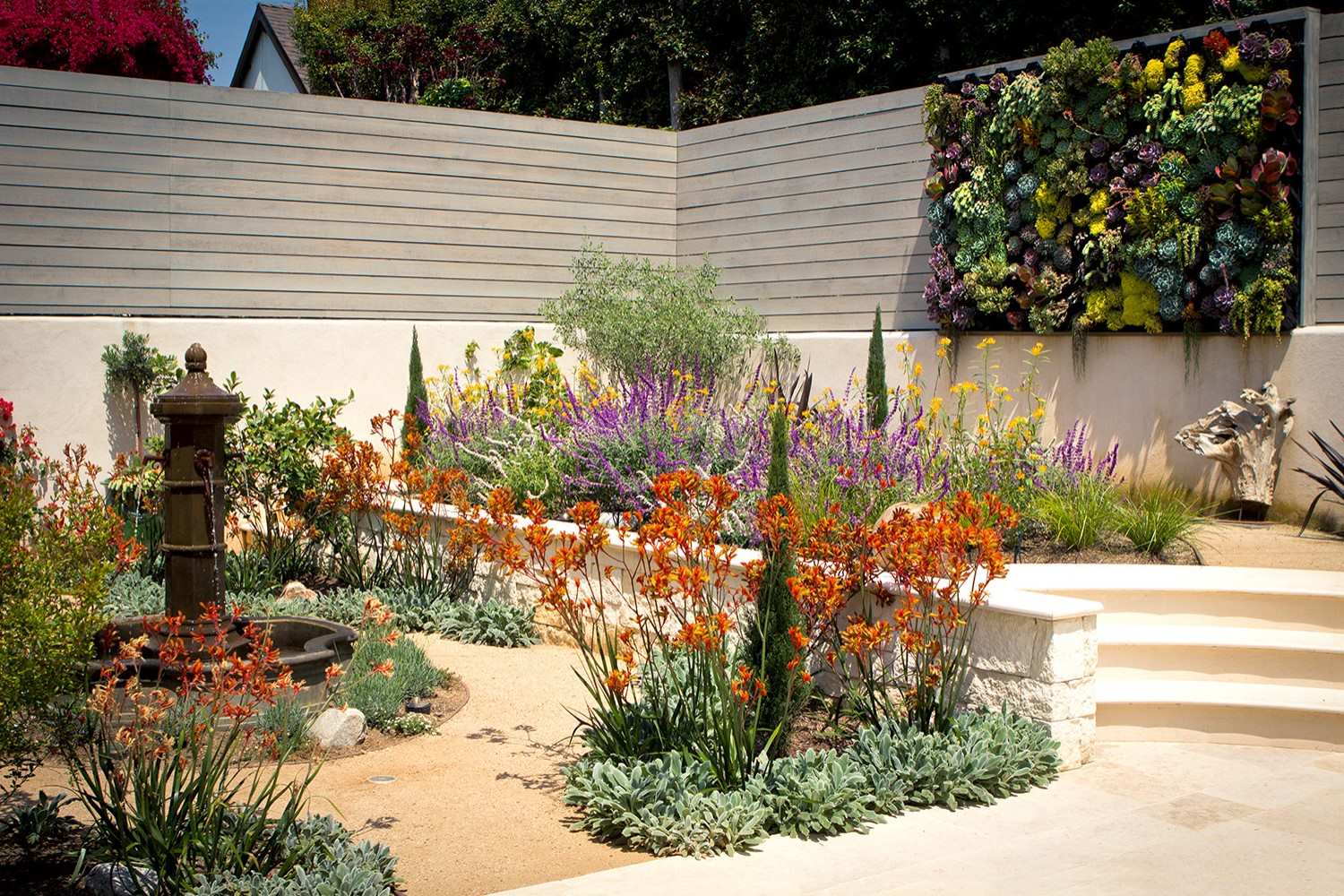
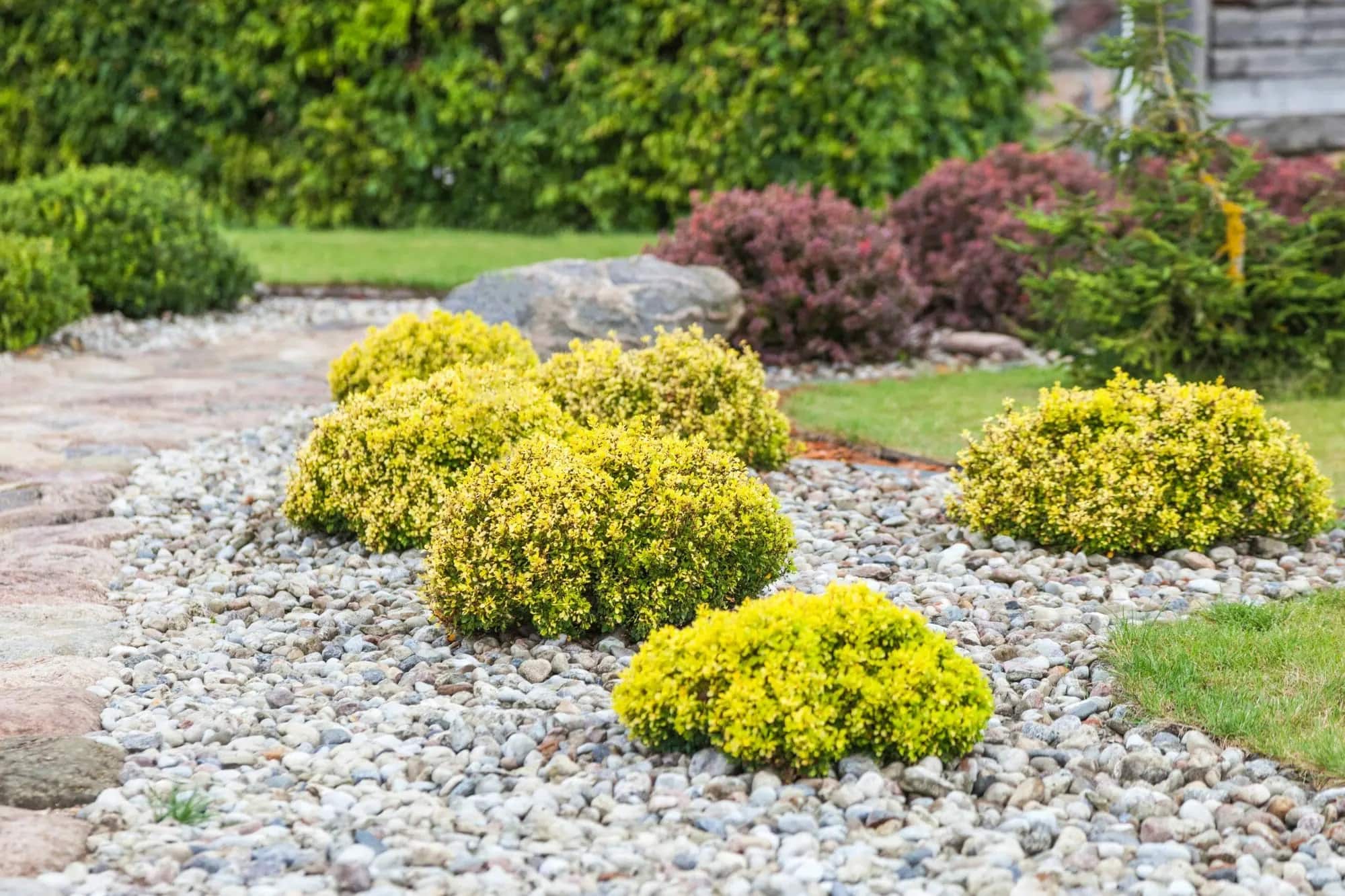
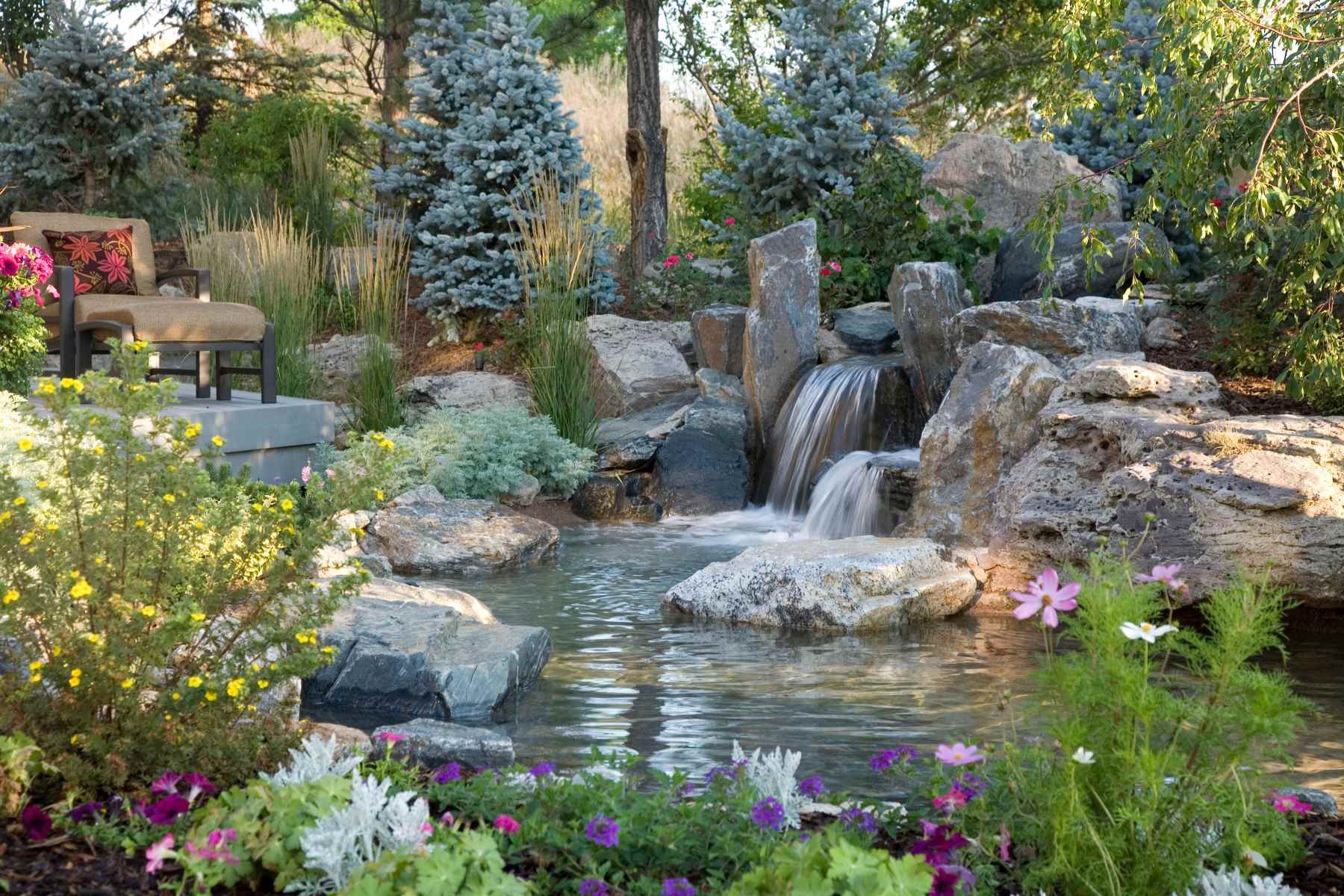
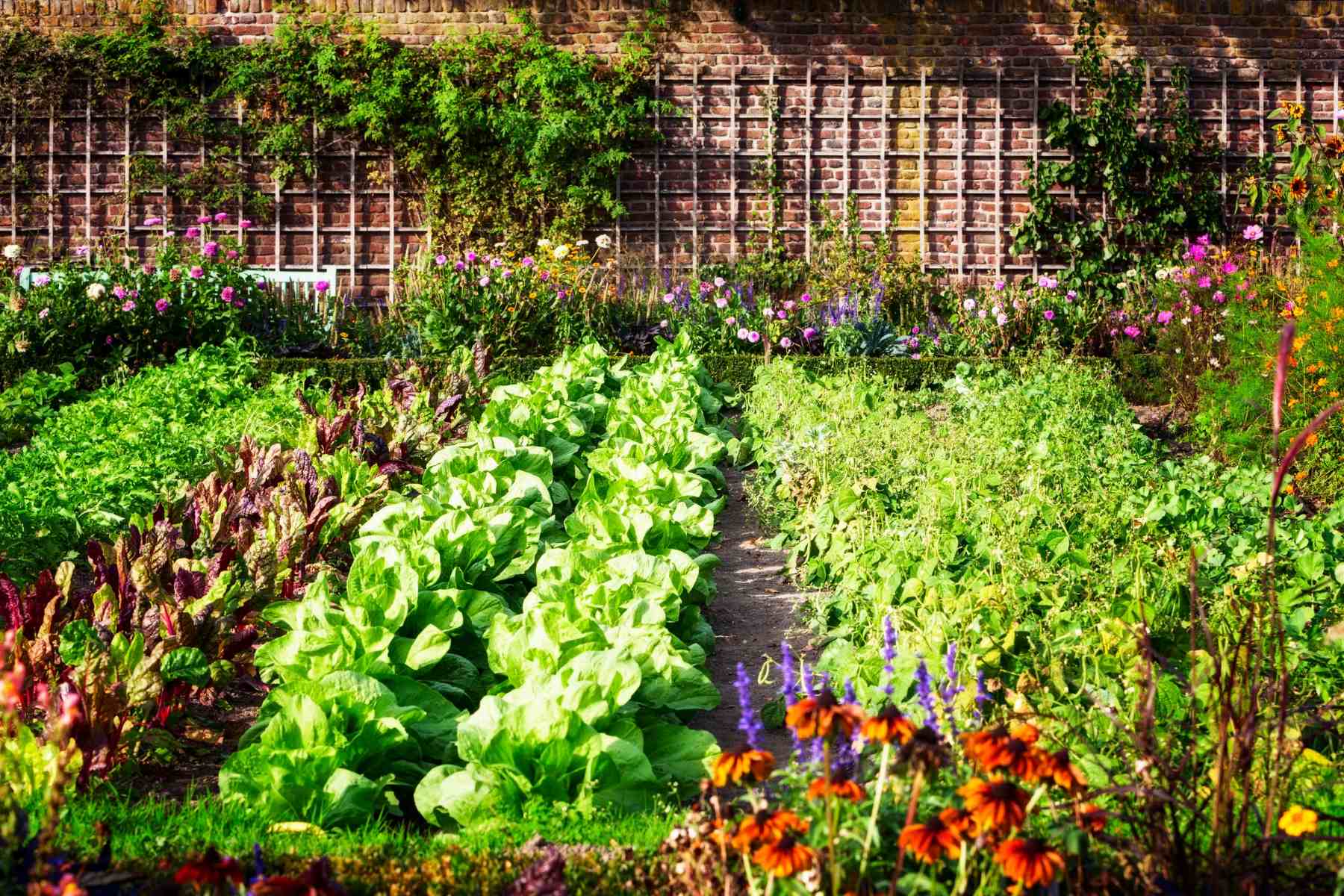
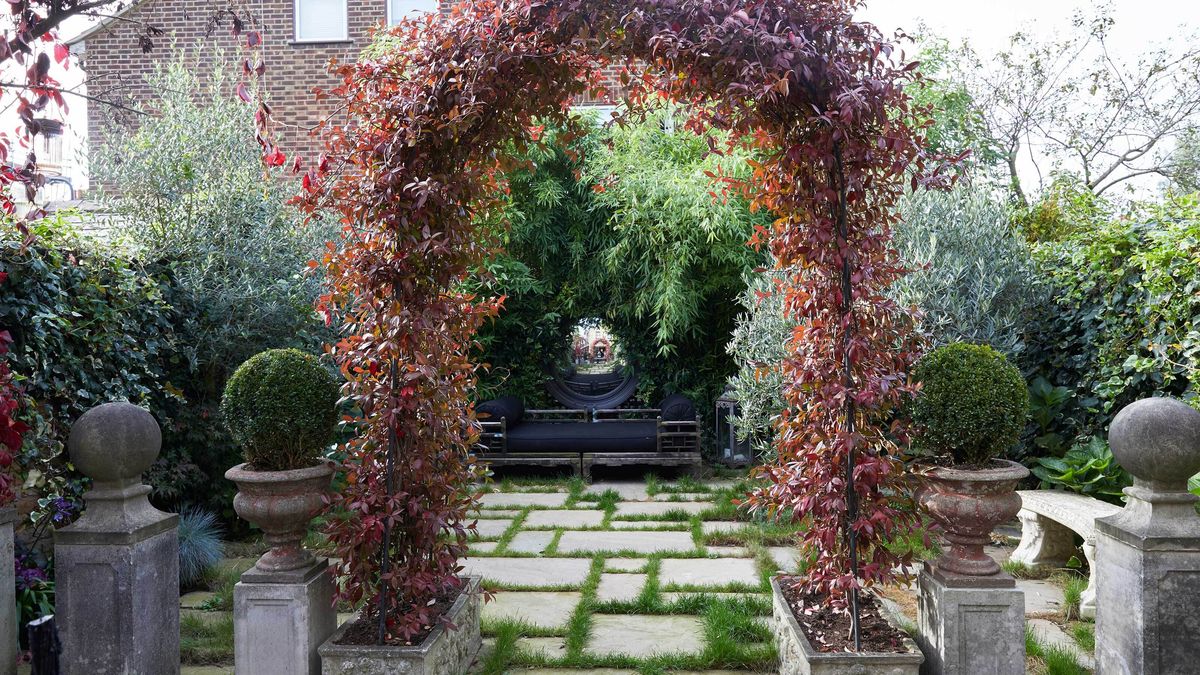
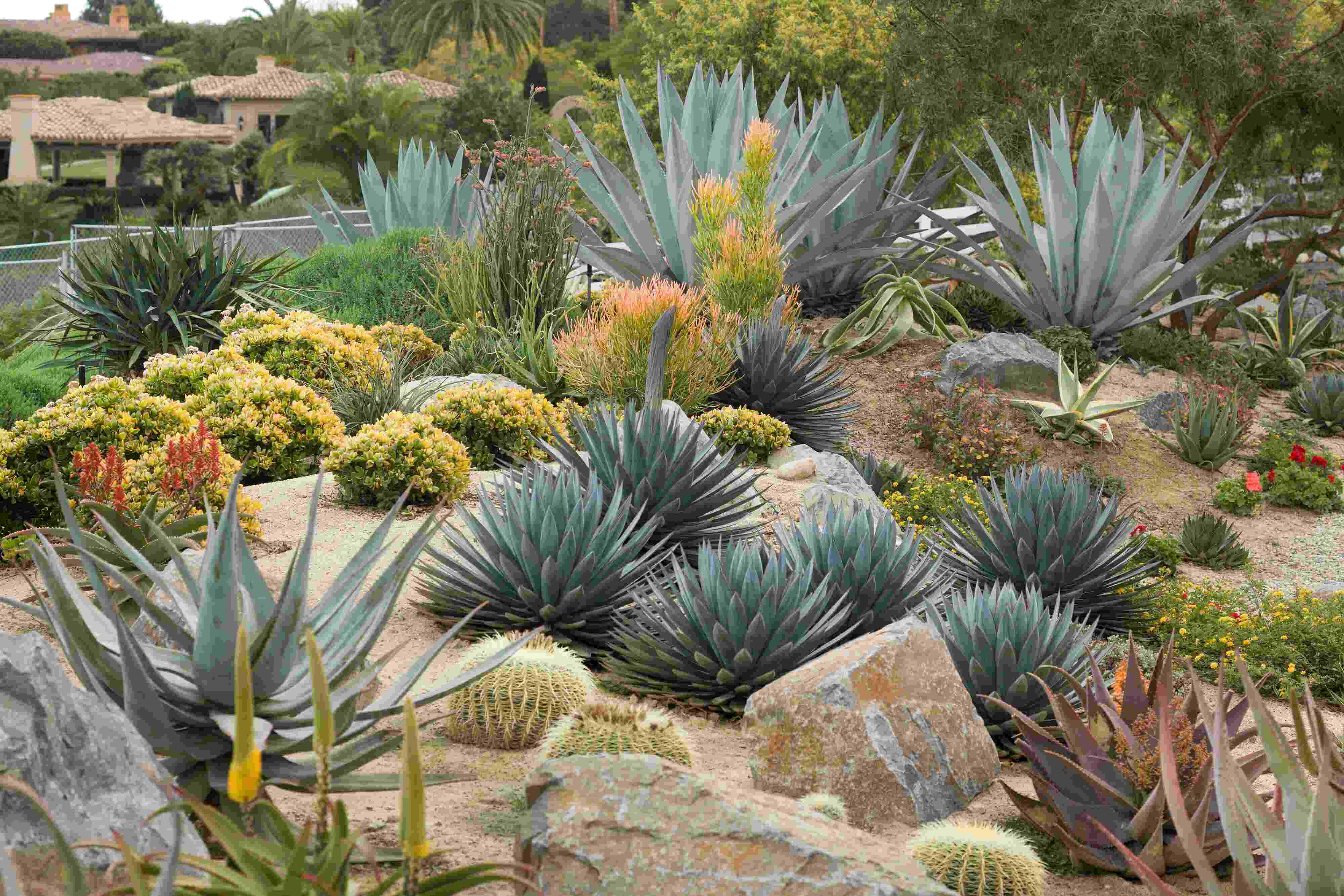

0 thoughts on “How To Design A Drought-Tolerant Landscape”